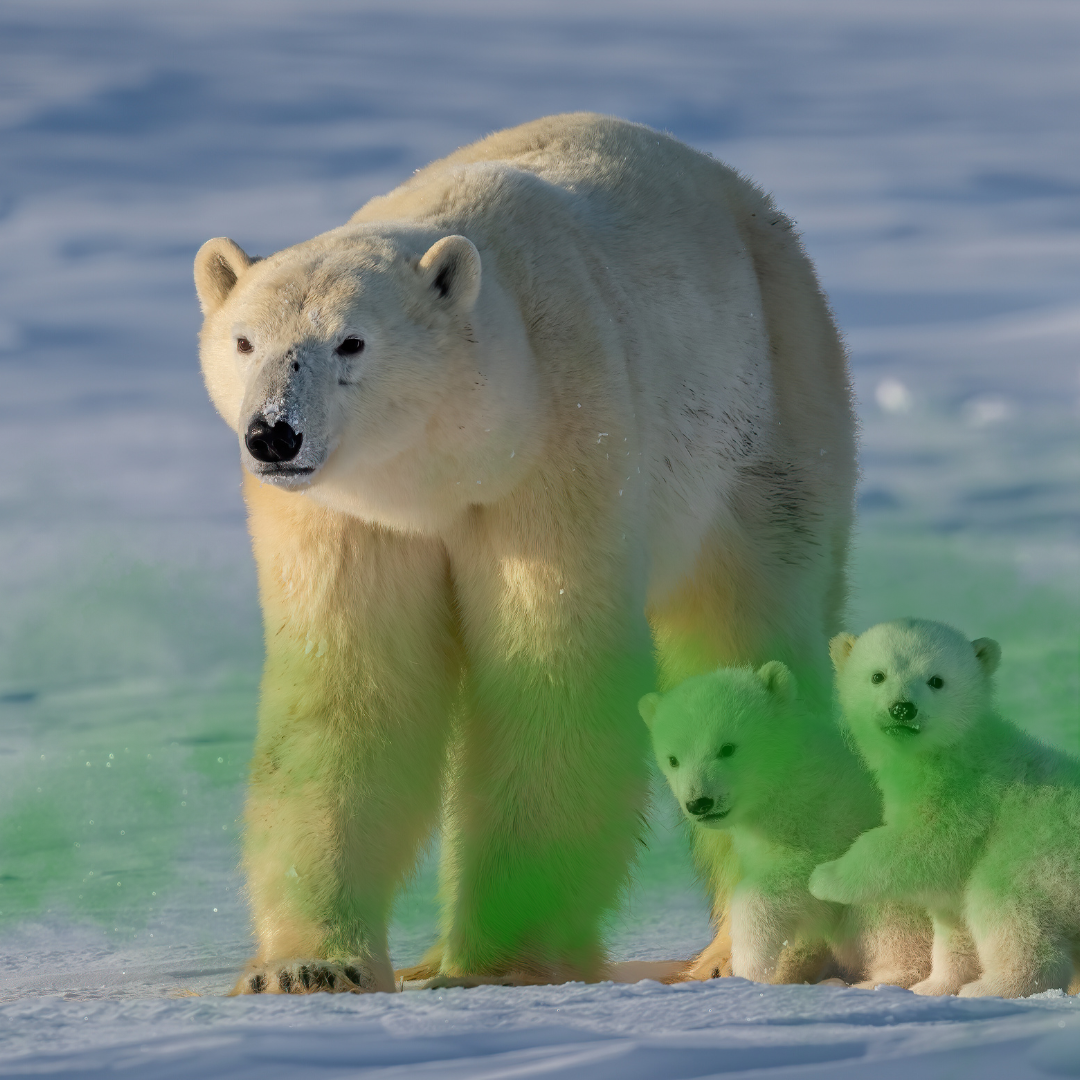PFAS: A Growing Threat to Wildlife and Ecosystems
PFAS (per- and polyfluoroalkyl substances) are becoming a household name, and for good reason. These chemicals are increasingly recognized for their presence in everyday products and drinking water, but their impact goes far beyond our homes. PFAS have been found in some of the most remote places on Earth, from the summit of Mt. Everest to the bodies of polar bears. These chemicals accumulate as animals consume contaminated plants and other animals, ultimately reaching humans at the top of the food chain (Vendl et al., 2024).
The Scope of PFAS Contamination
PFAS are not picky when it comes to which species they affect. These chemicals have been detected in over 600 species worldwide, including birds, reptiles, amphibians, fish, and mammals of all sizes (Wildlife Warning, 2023). Much like humans, animals are vulnerable to the harmful effects of PFAS at all life stages—from embryos to adults (Wood et al., 2021).
Animals are most commonly exposed to PFAS through water, and fish, in particular, have been found to accumulate these chemicals at levels 100 to 1,000 times higher than the surrounding water (Stockton & Wurzer, 2023). In some regions near contaminated sites, PFAS contamination in fish and game animals has been high enough to prompt “do not eat” advisories (National Wildlife Federation, n.d.). While these findings are alarming, experts believe that the true extent of PFAS exposure in wildlife may be even greater than current studies show (Guillette et al., 2022).
Impacts of PFAS on Species and Ecosystems
The health impacts of PFAS on wildlife mirror many of the concerns they raise for humans. Across the globe, these chemicals have been linked to immune system deficiencies, liver problems, and disruptions to reproduction in animals—such as difficulty in hatching for birds and reproductive issues for turtles (Amarelo, 2023; Stockton & Wurzer, 2023).
Of the more than 600 species found with detectable PFAS levels, many are already endangered or threatened (Wildlife Warning, 2023). This means that these species face multiple challenges: habitat loss, pollution, human exploitation—and now, the added burden of PFAS exposure. With weakened immune systems and reproductive health problems, their ability to recover and repopulate is further compromised (Amarelo, 2023; Wildlife Warning, 2023).
The Path Forward
To begin addressing the PFAS crisis, David Andrews from the Environmental Working Group stresses the importance of “turning off the tap”—meaning we need to stop the ongoing introduction of PFAS into the environment (Stockton & Wurzer, 2023). Even PFAS with shorter lifespans in humans and animals accumulate rapidly in water sources, which prolongs exposure and delays the body’s ability to flush these chemicals out (Chambers et al., 2021).
Advocating for stronger regulations on industrial discharge, establishing clear scientific definitions, and exploring safer alternatives to PFAS are key to reducing the exposure of both humans and wildlife.
The scope of PFAS contamination already surpasses that of many well-known environmental hazards in terms of both reach and persistence. The sooner we take action, the less time, money, and effort will be needed to mitigate its impacts. By addressing both the current sources of PFAS and the legacy contamination already in the environment, we can work toward a safer, healthier future for all species.
Inspired to do something? Sign our petition and share your concern about the threat of PFAS: Add your name now



